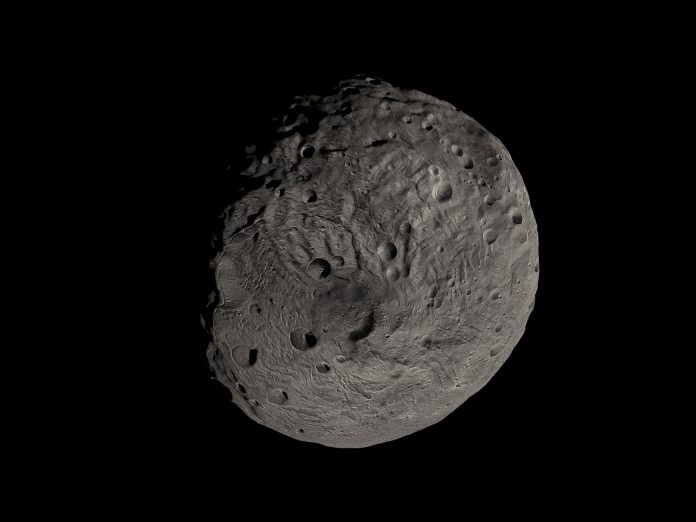The chances that very soon our planet will collide with a huge asteroid have sharply doubled, experts at NASA’s Centre for Near-Earth Object Studies said. The chances of a collision have increased from 1.2 per cent to 2.3 per cent, but it’s too early to worry.
Just a week ago, the European Space Agency (ESA) estimated the probability that the asteroid will collide with the planet on 22 December 2032 in 1.3%, in other words, the probability that it will pass by without incident was almost 99%.
The object was detected through a telescope in Chile in December 2024 and was therefore named 2024 YR4. The asteroid is about 90 metres wide, which can be roughly compared to the Tunguska meteorite, which collapsed in 1908 and destroyed about 2,150 square metres of Siberian forest.
2024 YR4 received a rare score of “three” on the impact hazard scale, which ranges from zero risk to a score of ten, meaning the end of civilisation. Fluctuations in the probability of a collision at such a large distance from the object are common, so scientists are asking Earthlings not to panic.
Researcher Molly Wasser of NASA said:
“There have been a number of objects in the past that have been placed on the risk list and eventually removed from it as new data became available.”
It is possible that Asteroid 2024 YR4 will be assigned a zero risk based on the results of the observation. Colin Snodgrass, professor of planetary astronomy at the University of Edinburgh, is confident that the asteroid will pass by without harming us.
If the threat is confirmed, there could be missions to change the asteroid’s trajectory, such as the DART mission successfully conducted by NASA. International space agencies, including NASA and ESA, are actively observing 2024 YR4 and developing plans in case intervention is needed. The James Webb Space Telescope is scheduled to observe the asteroid in March 2025 to refine its size and trajectory.
There are other asteroids that were previously considered potentially dangerous Asteroid Apophis was first discovered in 2004, with a diameter of about 350 metres. It was initially estimated to have a 2.7 per cent chance of colliding with earth in 2029, which caused considerable concern. However, further observations allowed the orbit to be refined and the risk was virtually eliminated.
